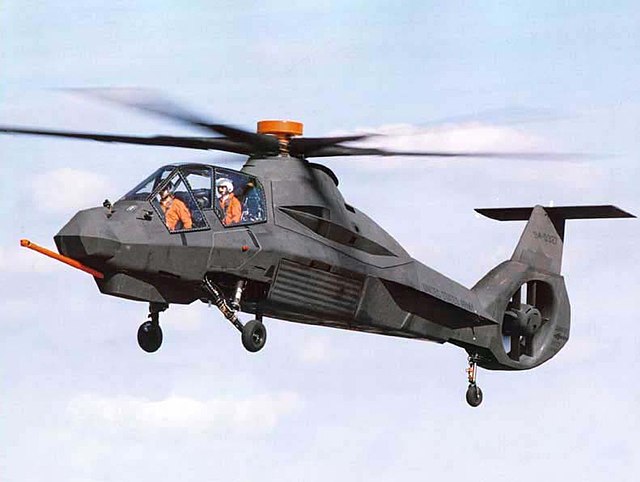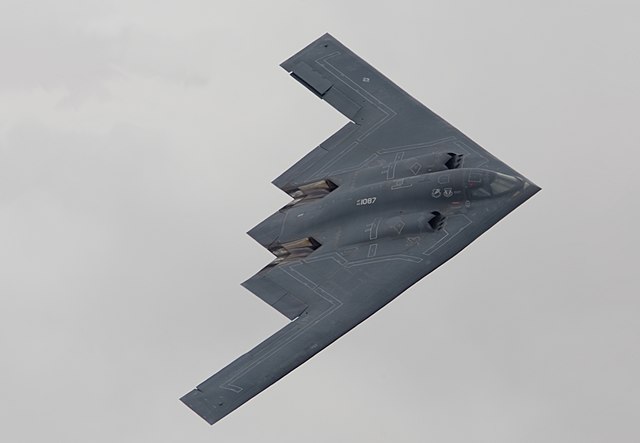Lockheed Martin F-35 Lightning II
The Lockheed Martin F-35 Lightning II is an American family of single-seat, single-engine, all-weather stealth multirole combat aircraft designed for air superiority and strike missions; it also has electronic warfare and intelligence, surveillance, and reconnaissance capabilities. Lockheed Martin is the prime F-35 contractor with principal partners Northrop Grumman and BAE Systems. The aircraft has three main variants: the conventional takeoff and landing (CTOL) F-35A, the short take-off and vertical-landing (STOVL) F-35B, and the carrier-based (CV/CATOBAR) F-35C.
Lockheed Martin F-35 Lightning II
X-35B flying over Edwards Air Force Base
An F-35 wind tunnel testing model in 16-foot (5 m) transonic wind tunnel at the Arnold Engineering Development Center
The first F-35A prototype, AA-1, being towed to its inauguration ceremony on 7 July 2006
Stealth aircraft are designed to avoid detection using a variety of technologies that reduce reflection/emission of radar, infrared, visible light, radio frequency (RF) spectrum, and audio, all collectively known as stealth technology. The F-117 Nighthawk was the first operational aircraft explicitly designed around stealth technology. Other examples of stealth aircraft include the B-2 Spirit, the B-21 Raider, the F-22 Raptor, the F-35 Lightning II, the Chengdu J-20, and the Sukhoi Su-57.
F-117 Nighthawk, the first operational aircraft explicitly designed around stealth technology.
Vehicles like this RAH-66 proved challenging to design stealth capabilities for.
B-2 Spirit stealth bomber of the U.S. Air Force
In a 1994 live fire exercise near Point Mugu, California, a U.S. Air Force B-2 Spirit dropped forty-seven 500 lb (230 kg) class Mark 82 bombs, which represents about half of a B-2's total ordnance payload in Block 30 configuration








